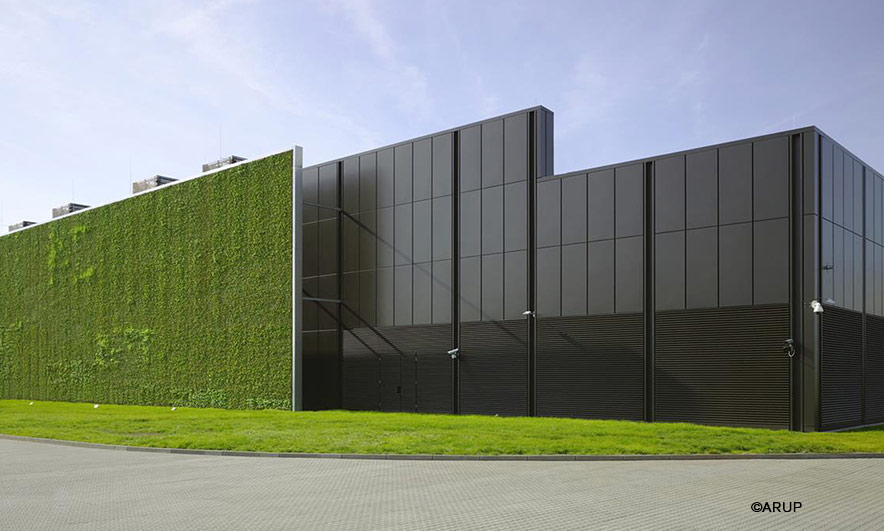Green Solutions for Power hungry Data Centres

Data centres are power hungry. With each digital action, from a 'like' on Facebook to streaming an episode of your favourite TV show, we are accessing and using data that is stored on a server somewhere, and that storage requires energy. The number of datacentres globally has unsurprisingly grown with the amount of data we consume. Maintaining operations at data centres is exceedingly power-intensive, with consumption figures reported at around 3 percent of global electricity supply. As our data consumption increases, so will this figure, potentially doubling every four years. At these levels, it's only natural that datacentres are looking to renewable energy solutions to help them stay sustainable and reduce costs.
The numerous banks of servers obviously require power to operate, but these same machines emit heat and so energy is also used for cooling, as well as continual modifications to air temperature, pressure and humidity, for efficient operations. Many datacentres are located in northern Europe - colder climates such as Sweden or Norway - and so can use the naturally cooler ambient temperatures to lower the power needs of their sites, yet even so electricity distribution grids may struggle to sustain an uncompromised supply. It means that data centres relying solely on the grid are limited in where they can be located, for example, the UK power infrastructure is near capacity – running at 96% capacity or higher most days – so large-scale datacentre growth is already limited.
So instead, datacentres are looking at renewable energy solutions to either entirely supply or supplement their power consumption. Large Tier 4 data centres are now being designed to be self-sufficient, using turbines on wind farms to generate the required power; similarly solar farms can also generate clean, green power in locations where the build environment allows for the volume of panel arrays needed for the power generation. Other renewable sources such as geo-thermal and hydro-electric energy can also ben harnessed to generate the power needed to maintain operations.
It's not just a matter of the amount of power necessary, there is also pressure for large technology companies in particular to lower their organisation’s carbon footprint, with reports suggesting that their global greenhouse gas emissions now rival the aviation industry at around 2%. Thankfully, companies are already embracing renewable power on a large scale - Apple is one of the multi-national organisations that proudly proclaim their 100% renewable energy status for their data centres globally. Google are also making considerable effort towards becoming more environmentally responsible, working with AI to make their data storage more efficient. There's been no reduction in energy consumption but they’ve increased computing power by 3.5 times.
The reliability of renewable energy sources in the specific site locations needs to be carefully assessed if there is hope of being wholly self-sufficient and overcoming the challenges could include greater use of hydro-electric or wave and tidal technology, as well as using a mix of renewable technologies, or battery storage. As the world’s hunger for data continues to grow it’s clear that the future for datacentres is in finding ways to be efficient and self-sustaining - that's why at Eland Cables we combine our innovative cable solutions for data centres with our long-held experience in delivering renewables projects, helping our customers strive towards a sustainable future.